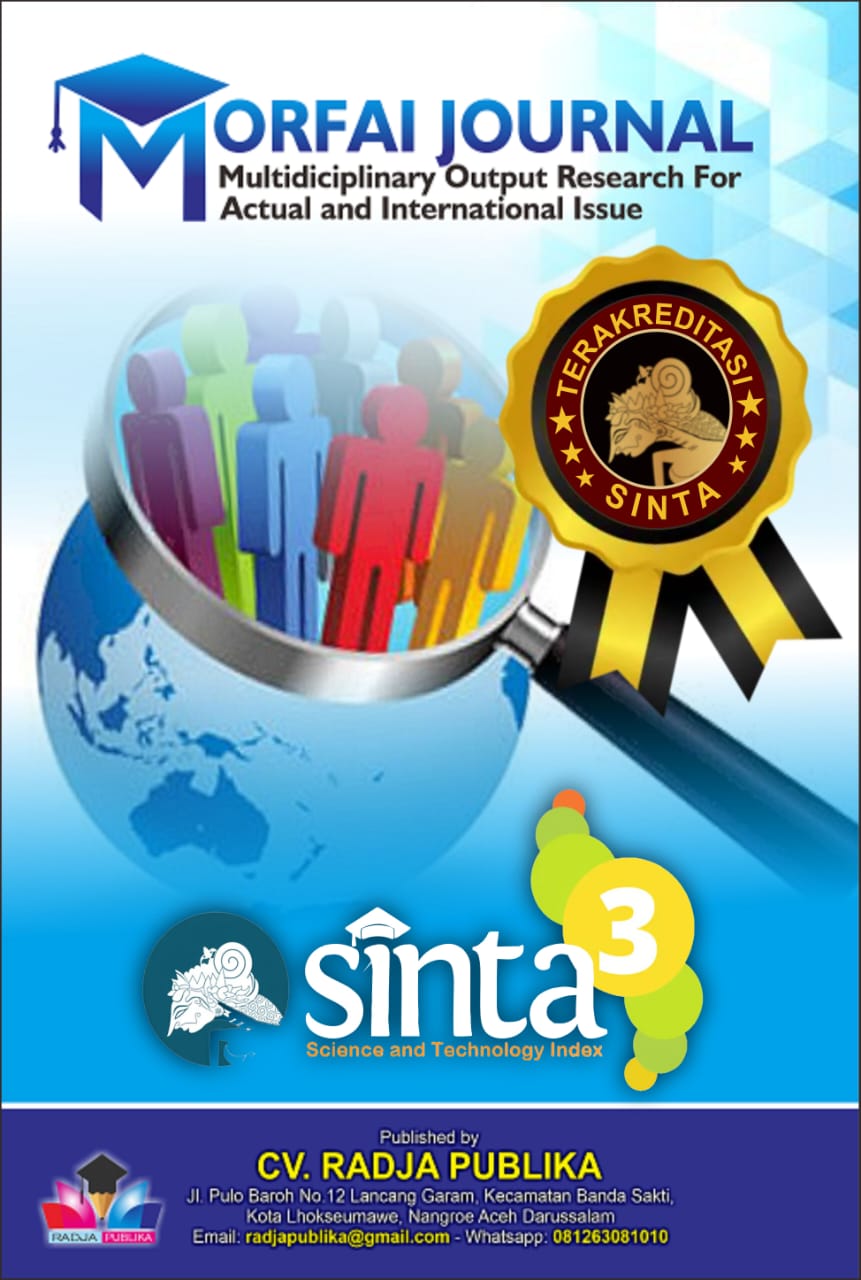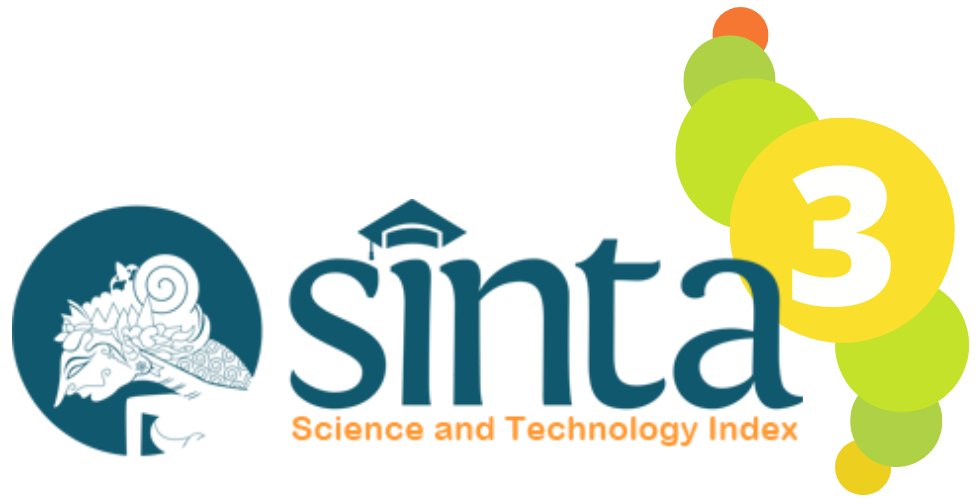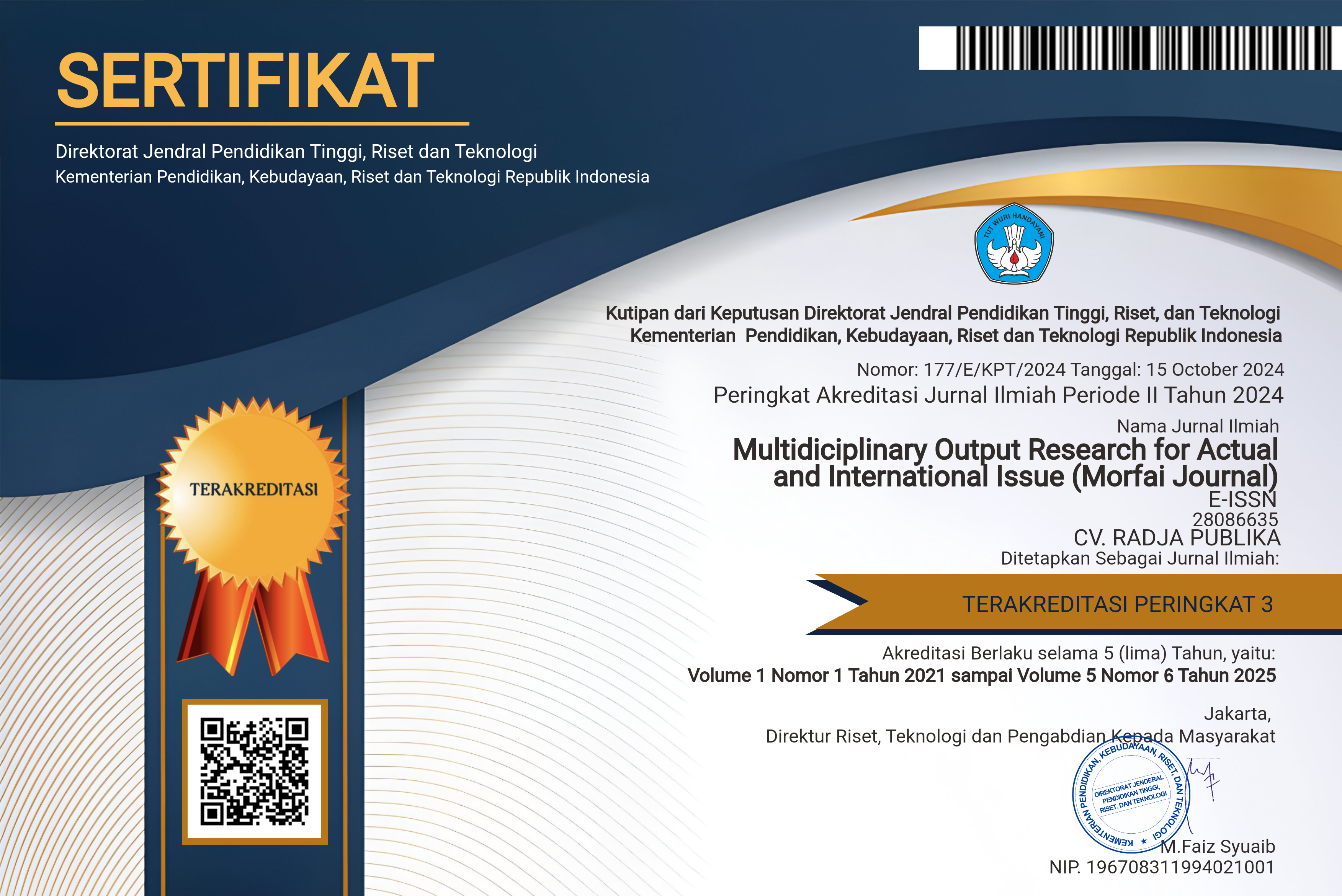ANALYSIS OF THE EFFECT OF ACCESSIBILITY, FACILITIES, AND STAFF COMMUNICATION ON OUTPATIENT PATIENT SATISFACTION AT KOLONODALE REGIONAL HOSPITAL, NORTH MOROWALI, CENTRAL SULAWESI
DOI:
10.54443/morfai.v5i3.3936Published:
2025-08-31Downloads
Abstract
Patient satisfaction is the main goal of health services. Patient satisfaction is due to the quality of complete services. Several factors identified that influence patient satisfaction include: accessibility, facilities, and staff communication. This study aims to analyze the effect of accessibility, facilities, and staff communication on outpatient satisfaction at Kolonodale Regional Hospital, North Morowali, Central Sulawesi. This research method is a quantitative approach. The number of samples is 100 patients. The sampling technique uses an accidental sampling method. Data were obtained by filling out a questionnaire using a Likert scale and then analyzed using multiple linear regression with SPSS application. The results of the study show the effect of accessibility on patient satisfaction with a value (0.016 < 0.05), then the effect of facilities on patient satisfaction with a value (0.00 < 0.05), then the effect of staff communication on patient satisfaction with a value (0.00 < 0.05), and the effect of accessibility, facilities, and staff communication simultaneously on patient satisfaction is positive and significant (0.000 < 0.05). The magnitude of the coefficient of determination (r2 square) = 0.536; This means that the variables of accessibility, facilities, and staff communication collectively influence patient satisfaction by 53.6%, with the remaining 46.4% influenced by other variables. Therefore, the influence of accessibility, facilities, and staff communication, both partially and simultaneously, on patient satisfaction is positive and significant.
Keywords:
Accessibility, facilities, staff communication, patient satisfactionReferences
Adriansyah, et al. (2021). Indonesian Journal of Health Management, vol. 9, No. 3, pp. 183-190. https://doi.org/10.14710/jmki.9.3.2021.183-190
Chacowry A. (2023). Restoration and Recovery of flood affected communities. Handbook of Flood Risk Management in Developing Countries, 123-136.
Kosasih, Paramartha V. (2020). Improving the Quality of Health Services and Its Impact on Patient Satisfaction at Community Health Centers. Sangga Buana University. https://doi.org/10.36787.jsi.v3i1.223.
Mohammad Rafiqul Islam Chowdhury et.al. (2024). Strategies for Improving Patient Experience and Satisfaction in Healthcare Facilities in the USA. International Journal of Science and Healthcare Research Vol. 9; Issue: 4. https://doi.org/10.52403/ijshr.20240442.
Nisa, K.F., Dompak, T., & Lodan, K.T. (2024). Comparison of Health Care Systems in Indonesia and Singapore. Proceedings of the National Seminar on Social Sciences and Technology (SNISTEK), 6, 72–77. Retrieved from https://ejournal.upbatam.ac.id/index.php/prosiding/article/view/9310
Nurhasma, Andi SR, Rahmawati. (2021). The Relationship between Service Quality Dimensions and Inpatient Satisfaction at Dr. Tadjuddin Chalid General Hospital, Makassar. Journal of Public Health, Vol. 07, No. 2, 2021: 90-100. http://dx.doi.org/10.35329/jkesmas.v7i2.2600
Sayid A, Effendi A, Syahidin R, Paramarta V. (2023). Service Quality Increases Patient Satisfaction of BPJS Inpatients at Ratu Aji Putri Botung Regional Hospital. Journal of Management Science Inspiration, Volume 1, No. 2, 83-93.
Soemaryo, P., Kasmawati, K., & Abdullah, R. (2021). The Influence of Communication, Facilities, and Assurance on Patient Satisfaction Levels at the Ralla Community Health Center, Barru Regency. Bata Ilyas Educational Management Review, 1(2).
Tamara, CV, & Utami, TN (2021). Analysis of the influence of health worker communication on outpatient satisfaction at the Siti Rahmah Tanjung Morawa Primary Clinic. Indonesian Prima Public Health Journal, 5(2), 29-38.
Tjiptono, Fandy. (2022). Marketing Strategy 4th Edition. Yogyakarta: CV. Andi Offset.
Terblanche W, Lubbe I. (2023). Acceptance of e-learning application by accounting students in an online learning environment at residential universities. South African Journal of Accounting Research, 37(1), 35-61.
License
Copyright (c) 2025 Muhammad Anwar, Vip Paramarta, Kosasih, Farida Yuliaty, Fitriana, Taufan Nugroho

This work is licensed under a Creative Commons Attribution 4.0 International License.











